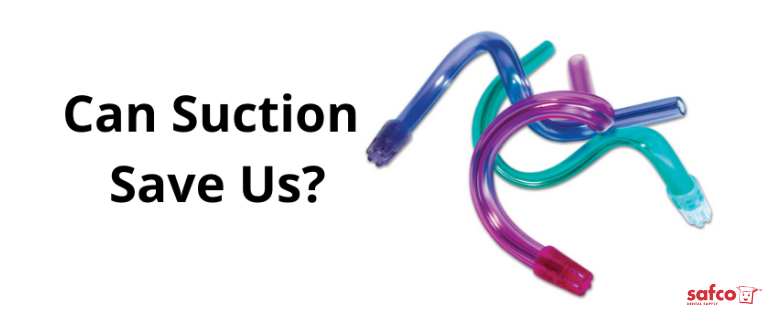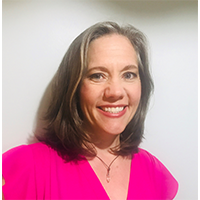|
Written by Amanda Hill |
Posted On May 15, 2020 |

A crystal ball would sure come in handy right about now. Even some tarot cards or how about Zoltar, that fortune teller machine from the movie Big. Something, anything that will give us a clue of what’s to come. A sign to tell us what is the right move. There is so much unknown in our world in general and even more weighing on us in dentistry. When will we open? What procedures will we be able to perform? Will the patients even come? What are the new policies and procedures that need to be put into place in order to keep the team and patients safe? It’s enough to make you want to cue up another Netflix marathon and hide.
But as the saying goes, the only way past a crisis is through it. We are smart people. That dental education took a lot of work (and money), we can’t let one tiny microscopic virus take us down. So let’s get smart and tackle what we can as we wait for the unknowns to unfold.
So much of the conversation has been focused on the shortages of PPE. While PPE is critical we need to consider that it’s not the only thing that protects us. We often use it as a false sense of security because it’s the visible barrier between us and the patient but there is so much more we can be doing to protect ourselves, our team, and our patients from infection.
What about those aerosols within the dental office that have propelled us to the top of the list for dangerous professions? The moment someone said that Covid-19 could hang in the air for 3 hours once aerosolized…dentistry came to a standstill. It’s time to consider how we can better handle our environment. How about suction? Is there a way to decrease those aerosols before they even make it out of the operatory?
Facebook is filled with DIY shields and devices that will supposedly save us all. But what about equipment that has been out there all along? There are numerous high volume, low volume and even extra-oral devices on the market that can help us tackle some of the aerosols that we create.
While low volume evacuation will have the least effect on aerosols, it is still a good adjunct to managing the flood of fluid in the patient’s mouth. There are a few products on the market that allow you to even use it hands-free. Both the Pink Petal and Mr. Thirsty One Step are great options for freeing up that mirror hand and helping you maintain a posture that would make your clinic instructor proud. If using both low and high volume at the same time, many clinicians are concerned about backflow. Safe-flo offers a disposable backflow prevention valve to alleviate that concern.
High Volume Evacuation can significantly reduce aerosols but without an assistant to tackle the long heavy tubing, it’s hard for solo clinicians to master without turning into Gumby. Quite a few manufacturers have developed systems to help with solo use of HVE. Ivory ReLeaf is a device that allows the clinician to place a leaf-shaped piece inside the patient’s cheek and connect the lightweight tubing to the HVE valve. If single side suction doesn’t work for you, Dentsply Sirona released the Purevac HVE System that claims to reduce aerosols by 90%. The system combines an autoclavable HVE tip with a fog-free mirror end connected to ultralight tubing, allowing the clinician to keep the suction close to whatever instrument they are using, thereby reducing aerosols.
One last thing to consider is extraoral evacuation. These can be either cart-like devices or built-in units that hover over the patient’s head to capture the aerosols before they escape the field. Products like the Vortex Extraoral Evacuation Unit tout protection from aerosols that spread up to 6 feet.
While there is no clear guidance on what the best or even the recommended procedure is for aerosol reduction, we do know that it is our duty to reduce them however we can. Long before we even heard the term Covid, we knew that the leading reason dental professionals miss work is because of upper respiratory infections. So putting some practices into place to reduce everyone’s exposure is smart practice!

Amanda Hill, RDH, BS has been in the dental industry for over 30 years, she earned her B.S. in Dental Hygiene at Old Dominion University in Norfolk, Virginia and has had the opportunity to experience dentistry around the world. Amanda has a love for learning and is obsessed with continuing education in all its many forms. Amanda practices part time clinically and is an industry educator for the nation’s largest dental job board, DentalPost.net. Amanda is a proud Navy spouse and mom of 3.